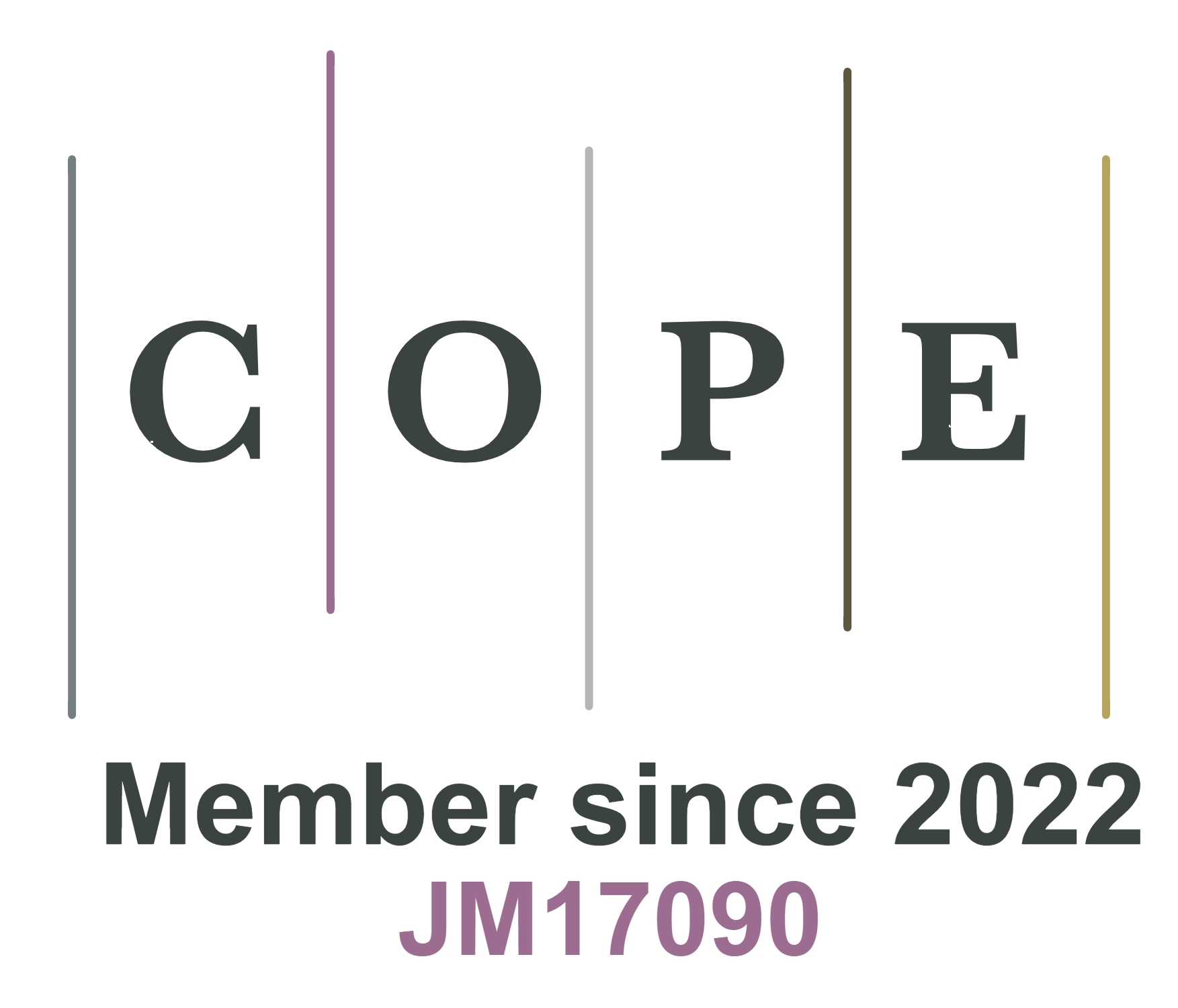Flexible circuits engineered for complex and extreme environments
Abstract
Driven by the rising demand for mechanical adaptability, structural reconfigurability, and multifunctional integration, flexible circuits are gaining increasing importance in advanced electronic systems. They serve as key enablers for next-generation devices owing to their intrinsic mechanical compliance and stable electrical performance. In extreme environments, flexible circuits face severe reliability issues such as dielectric drift, interfacial delamination, crack propagation, and metal electromigration. Nevertheless, their deployment remains indispensable in aerospace systems operating under high temperature and pressure, in biomedical implants exposed to corrosive environments and dynamic loading, and in energy infrastructures subjected to strong acids, alkalis, and severe thermal gradients, since rigid alternatives cannot satisfy the stringent demands for mechanical adaptability and lightweight integration. This duality underscores both the challenges and the necessity of advancing flexible circuit technologies, where material innovations and cross-process strategies are crucial to ensure functionality under harsh conditions. This review provides a comprehensive account of the technological evolution of flexible circuit fabrication. On the materials front, the engineering of multiscale composite conductive networks has proven to significantly enhance interfacial bonding strength and environmental robustness. In terms of fabrication, subtractive manufacturing exhibit mature performance in patterning resolution, thermal effect suppression, and substrate compatibility. Additive manufacturing extends the frontier toward heterogeneous material integration and three-dimensional functional architectures. Meanwhile, conformal manufacturing provides novel paradigms for configurational control and interface modulation. By analyzing the characteristics and strengths of these fabrication strategies, this article further maps the application potential of flexible circuits in sensor arrays, communication modules, bioelectronic systems, and integrated photonics. It emphasizes the need to align process design with performance requirements. Key challenges remain, including reliability under extreme environments, delays in adopting sustainable manufacturing, and limited cross-process integration. Ultimately, the study argues that the future development of flexible circuits hinges on the innovation of functionalized materials, the establishment of sustainable fabrication platforms, and the convergence of hybrid manufacturing pathways. Together, these advances will drive a paradigm shift from passive structural flexibility to active system reconfiguration. At the same time, they will expand the scope of flexible electronics toward extreme, green, and reconfigurable application scenarios.
Keywords
Flexible circuits, multi-material synergy, multi-process coupling, multi-scenario adaptability
Cite This Article
Chen Y, Liang M, Tian M, Lu X, Wang W, Xu J, You R. Flexible circuits engineered for complex and extreme environments. Soft Sci 2025;5:[Accept]. http://dx.doi.org/10.20517/ss.2025.69














